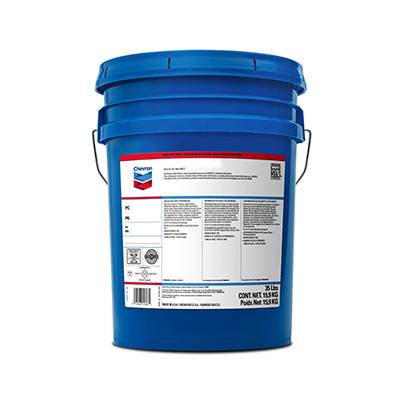નવેમ્બર . 09, 2024 04:37 Back to list
Understanding Pressure Ratings for Gate Valves in Various Applications
Understanding Gate Valve Pressure A Comprehensive Overview
Gate valves are crucial components in various industrial applications, including oil and gas, water supply, and wastewater management. They are used primarily to start or stop the flow of fluids and gases. One of the key considerations when using gate valves is the pressure associated with their operation. This article delves into the intricacies of gate valve pressure, its implications, and best practices for ensuring optimal performance.
What is Gate Valve Pressure?
Gate valve pressure refers to the pressure exerted on the valve during its operation, particularly when the valve is either fully open or fully closed. The pressure can come from the fluid within the pipeline or external sources. Understanding the pressure dynamics is crucial for ensuring the valve’s effective functioning and longevity.
In a closed position, gate valves are designed to block the flow completely, resulting in pressure build-up upstream. This pressure needs to be managed appropriately to prevent damage to the valve and the overall system. On the other hand, when the valve is fully opened, it must be able to handle the pressure difference without compromising performance.
Types of Pressure Related to Gate Valves
1. Working Pressure This is the maximum pressure that a gate valve can handle during normal operation. Different materials and designs can withstand varying working pressures. It's essential to select a valve rated above the system's maximum pressure to ensure safety and reliability.
2. Differential Pressure This refers to the pressure difference between the inlet and outlet when the valve is partially open. High differential pressure can lead to issues such as cavitation, which can damage the valve over time. Proper design and selection help mitigate these risks.
3. Seat Leakage Pressure When a gate valve is closed, it is expected to seal tightly to prevent leakage. The pressure at which fluid starts to pass through a closed valve is known as seat leakage pressure. A good quality gate valve should have a high seat leakage pressure, ensuring minimal flow when closed.
4. Test Pressure During the manufacturing process, gate valves undergo testing to verify their integrity and capability to withstand specified pressures. This test pressure is crucial to ensure that the valve will function correctly in real-life scenarios.
Factors Affecting Gate Valve Pressure
Several factors can influence the pressure management of a gate valve
gate valve pressure

- Valve Material Different materials have varying strength and pressure thresholds. Common materials include cast iron, stainless steel, and brass, each suitable for different applications and pressures.
- Temperature The temperature of the fluid can significantly affect the pressure. As temperature increases, so does the fluid's pressure. Thus, it’s vital to consider thermal expansion and contraction when designing systems that incorporate gate valves.
- Fluid Characteristics The type of fluid (liquid vs. gas) and its viscosity can impact the pressure experienced within the system. For instance, gases are more compressible than liquids, leading to different pressure behaviors.
- Installation Conditions How the valve is installed can influence its pressure performance. Poor installation can lead to misalignment, affecting the pressure readings and valve functionality.
Best Practices for Managing Gate Valve Pressure
To ensure gate valves function correctly under varying pressure conditions, here are some best practices
- Selection Choose a gate valve specifically designed to handle the pressures present in your system. Consider the working pressure and materials based on the fluid's characteristics.
- Regular Maintenance Implementing a maintenance schedule can help identify potential pressure-related issues before they become serious. Routine inspections are essential, especially for older valves.
- Proper Installation Ensure that gate valves are installed correctly to avoid unnecessary strain and pressure anomalies. This includes proper alignment and securing the valve according to manufacturer guidelines.
- Utilize Monitoring Systems Integrating pressure monitoring systems can provide real-time data about the pressure conditions in your pipeline. This information can help respond promptly to any pressure irregularities.
In conclusion, understanding gate valve pressure is essential for ensuring the efficient and safe operation of systems across various applications. By being aware of the different pressures associated with gate valves and implementing the best practices outlined above, operators can significantly enhance the reliability and longevity of these vital components.
-
Precision Manufacturing with Advanced Spline Gauge DesignNewsJul.31,2025
-
Industrial-Grade Calibrated Pin Gauges for Exact MeasurementsNewsJul.31,2025
-
Industrial Filtration Systems Depend on Quality Filter DN50 SolutionsNewsJul.31,2025
-
High-Performance Gate Valve WholesaleNewsJul.31,2025
-
Granite Surface Plate The Ultimate Solution for Precision MeasurementNewsJul.31,2025
-
Granite Industrial Tools The Ultimate Guide for Bulk BuyersNewsJul.31,2025
Related PRODUCTS









